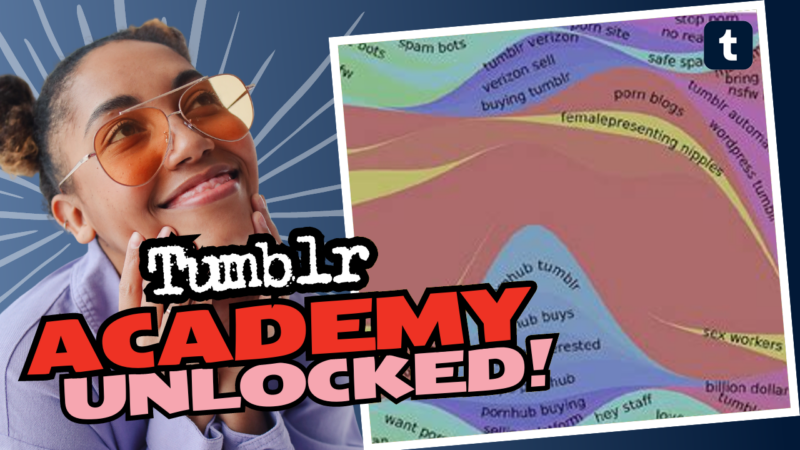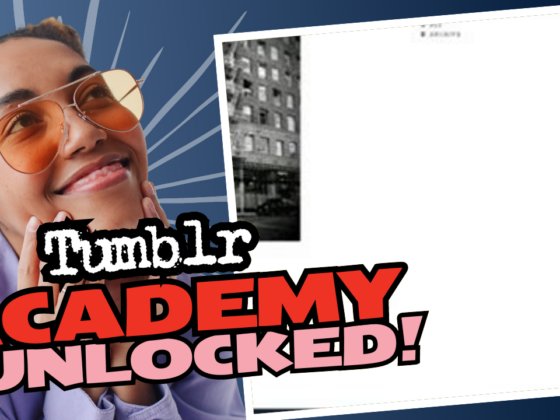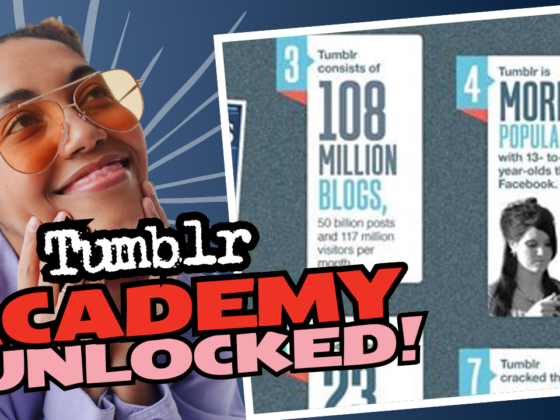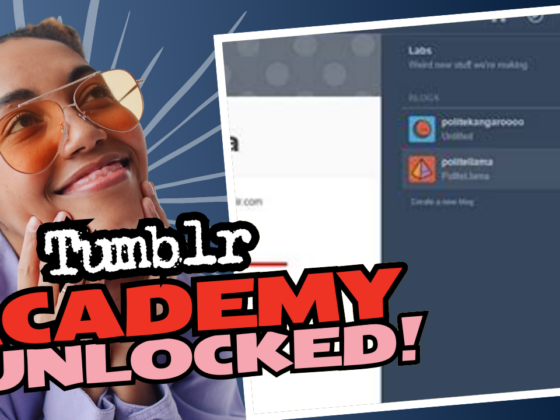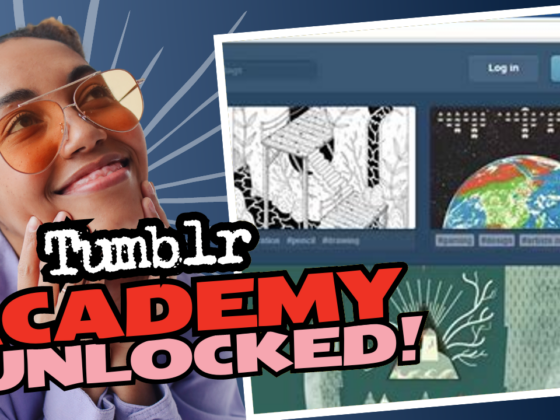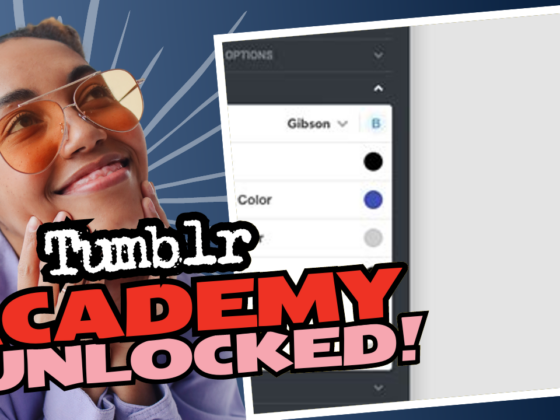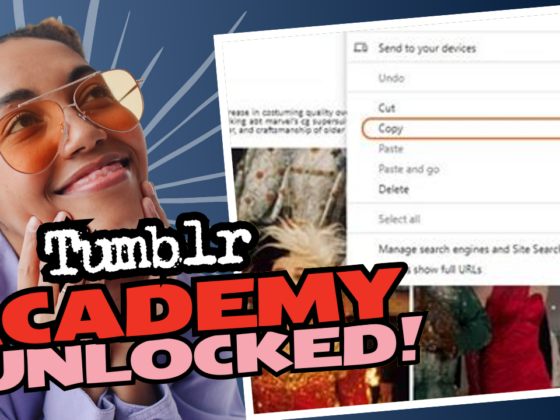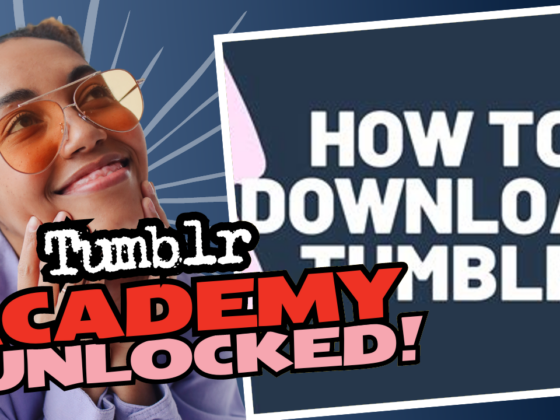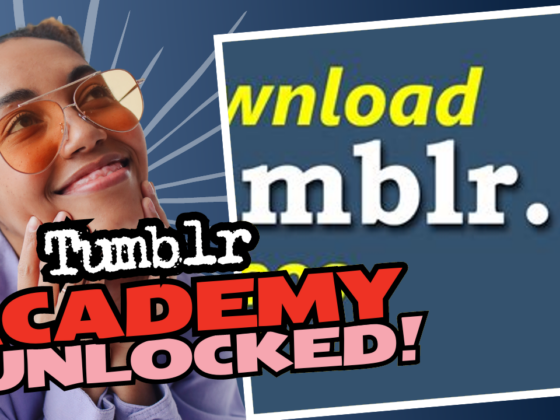The Great NSFW Purge: What Happened to Tumblr?
Ah, Tumblr. Once the wild, chaotic playground for artists, fans, and yes, a *lot* of NSFW content. But boy, did management drop the ball—or the thong, rather. In a bid to scrub the site of not just the *not safe for work* content but also rampant child exploitation, Tumblr launched a massive crackdown, leaving users wringing their hands, searching for new platforms faster than you can say “#FreeTheNipple.”
So, Did Tumblr Really Get Rid of NSFW Content?
Yes, they did. As of December 17th, 2018, post after post of NSFW content faced an untimely demise. When they declared their cute little *“let’s clean up the site”* campaign, they essentially turned the site into a digital graveyard for anything remotely intimate. If you had a blog showcasing erotic art, you either had to comply with the new rules or watch your creative outlet spiral down the drain.
As one sharp user so aptly described: “*The Titanic is sinking, and the band is still playing.*” Isn’t that poetic? It’s like watching a reality show unfold, but instead of drama queens, you get actual emotional devastation when beloved blogs get wiped from existence.
The Tricky Dynamics of Protection vs. Banning
Now, hold your high horses. Let’s not kid ourselves. The reasoning behind this mass exodus of NSFW content was not just based on some mystical urge to follow the laws of decency. No, it was kind of a fire drill by the Tumblr team after Apple and Google raised eyebrows over the mishandling of explicit content and rampant child exploitation issues.
And speaking of *protection*, it seems Tumblr mismanaged that handily as well. Instead of focusing on the actual illegal materials on the site, the hammer fell hardest on the NSFW community; meanwhile, the true predators and abominable content lingered unattended. Seriously, Kudos to their elite decision-making team – they knocked it outta the park (or should I say, right over it).
A Real Crime Scene
So, here’s the kicker—while legitimate adult-themed blogs faced the guillotine, the real criminal elements seemed to float on, unchecked, like the ghost of your last relationship. Take child pornography, for instance. Reports reveal a shocking trend—Tumblr allowed a torrent of these illegal images and associated blogs to thrive while they tucked their heads in the proverbial sand.
The removal of such appalling content would often come at a snail’s pace, taking weeks or months. This left users feeling frustrated and bewildered, especially since reblogging illegal content often led to bans left and right, yet the offending images sometimes hung around like that one annoying friend who doesn’t get the hint that it’s time to go home.
Instead of being proactive and efficient in their content-monitoring efforts, Tumblr turned the spotlight so bright on NSFW content that they inadvertently cast shadows on the real threats lurking in their user base. Talk about bad priorities!
The Aftermath: Where Did Everyone Go?
With the NSFW content poofing into the digital void, users started scrambling. It became like watching a mass exodus from a sinking ship; everyone packed their bags and looked for the next *X-rated* horizon. The standard alternative? Other platforms like Twitter, OnlyFans, and dedicated adult sites. Each option brought new rules and, let’s be honest, an experience that might not exactly scream “Tumblr nostalgia.”
People began to band together, surfing over to new blogs and even creating dedicated spaces where they could express their creative and sexual identities. But amidst all of this escape planning, a cloud of doubt loomed. Would these new platforms be more accepting, or would they just serve as a temporary refuge?
Simplifying Reporting Does Not Cut It
Let’s chat about the reporting mechanism—oh, the irony. Rather than streamline the reporting system so users could easily flag content they came across, Tumblr tucked it away like a not-so-secret menu item. I mean, as one astute user pointed out, you had to *click “share”* on a child porn image to report it. Really, Tumblr? *That’s* the best you could do? What genius cooked that up?
Most users would rather burn their laptops than touch anything resembling illegal content, and yet, reporting seemed like an exercise in frustration.
Welcome to the Age of Confusion: NSFW Restrictions
Once the ban hammer fell, Tumblr rolled out three shiny tiers for blogs—SFW, NSFW, and ADULT. And labeling a blog became the new way to categorize users like lunch meat:
- SFW (Safe for Work): Normal, productive, adult-appropriate content. These will be your Pepsis to your racy friends’ diet cokes.
- NSFW (Not Safe for Work): A minor degree of nudity is allowed (think breastfeeding and righteous feminist content), but *anything featuring human genitals or engaging in explicit acts is subject to banishment*.
- ADULT: A place where content disappears behind closed digital doors. Even artists primarily creating NSFW art found themselves stuck in purgatory.
Oh, the horror! For artists and creators who previously flourished, this new system stifled reach and visibility. Talk about restricting creativity; it felt more like a fast-track to content creation exile. Tumblr went from a haven for artistic expression to a well-guarded fortress where only the brave risked creating again.
Who Gets Banned and Why: A Game of Whack-a-Mole?
Now, let’s address the elephant in the room: the banning process isn’t simply targeted—it appears haphazard and chaotic like your aunt trying to figure out Zoom for the first time. Yes, despite all the noise about cleaning up the site, innocent users ended up caught in sweeping bans for content that had no place on a notorious list!
Artists painting or illustrating provocative themes found themselves slapped with bans, while numerous predatory accounts roamed free. Talk about frustrating; it’s like watching a game of Whack-a-Mole, except the moles are dangerous and perhaps made of pixels, and you’re left sitting on the sidelines, wondering if you’ll be next.
The Wild West of Content Communities
Should you have expected better from a site that had a reputation for its loose content standards? Tumblr once attracted a community willing to explore sexuality, mental health, and other personal-level topics openly—but these newfound restrictions tossed us back into the Stone Age of censorship.
Meanwhile, the very real issue of child exploitation persisted in what looked like an overlooked corner of the site. What were their priorities? Tirelessly banning content creators while unmasking the lawbreakers? Clue us in, Tumblr!
Future of Creativity in Chaos
For many, the bonanza of emotions tied to the rise and fall of Tumblr’s NSFW content served as just a microcosm of the ongoing struggles related to freedom of expression in today’s digital landscape. One can only wonder: *Will Tumblr ever rehabilitate to a point of acceptance for sexuality and art, or has it sealed its fate as a barren wasteland for artists?*
It’s a riotous circus and, as fate would have it, *we’re stuck watching the juggler drop the balls.* So for those who have weathered this bumpy journey, I salute you! Or at least I raise my coffee cup as we witness the next chapter in this strange digital saga.
For everyone who put their heart and soul into their blogs, I hope you find solace in a new paradise—or at least a place that caters to your creative vibe without a bat signal going off for the ban squad!
In Closing: Let’s Talk Taboo
The closure of NSFW content on Tumblr hijacked countless creators’ freedom to express themselves and pockmarked the platform’s lively environment. But interestingly, this entire fiasco may have sparked essential discussions around child safety, censorship, and creative boundaries online. What a convoluted web we weave, huh? And who knew a digital platform would stir up so many heated debates over eroticism, art, and societal standards.
In retrospect, let’s ensure that our new digital homes foster creativity, safety, and yes, a little sauciness without the excessive worry of being unceremoniously kicked to the curb. You know what they say: Out with the old, in with the bold! Cheers to new beginnings in the ever-evolving world of online creativity! 🍻

